
The cat is known to be a solitary and independent animal. Having said that, the arrival of a new companion can arouse some reluctance in him, which is expressed in aggression.
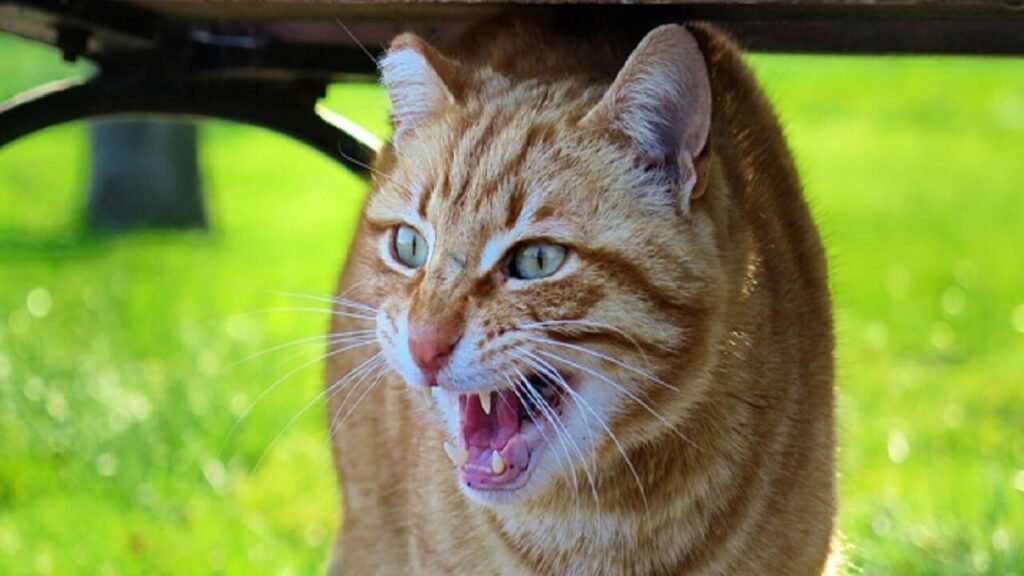
But don’t worry, it’s being wary of alien presences a common behavior in cats. Yes, whether it’s people, a dog, a new cat or the neighbor’s, our animal’s reaction will be about the same. Hair bristling and clawing out, crying, growling, snarling and pawing will be there. There is, however many parameters that play into these conflicts. As an owner, you must be aware of this to avoid major accidents for your pet. Here are the tips you should pay attention to!
When you introduce the new cat or kitten to your home, you wonder if they will get along. If some readily accept their latest companion, others will be sullen and irritable as soon as there is an interaction between the two. The fact is, your cat is used to be alone and now has to change his ways. Furthermore, he will try to bring order and educate the new ones about the rules in the house. On the other hand, the new don’t let it go and shows signs of rebellion, hence the assaults. That said, it takes some time before they can develop their cohabitation, maybe a few weeks. Until then, yours intervention is necessary to find solutions to limit the damage.
Mark an area
A very territorial animal, the cat will do anything to show others that he is the boss. Also our felines attach great importance to their personal space. They want to exercise exclusive control over their lives, their environment and resources such as bowl, food, litter and kennel.
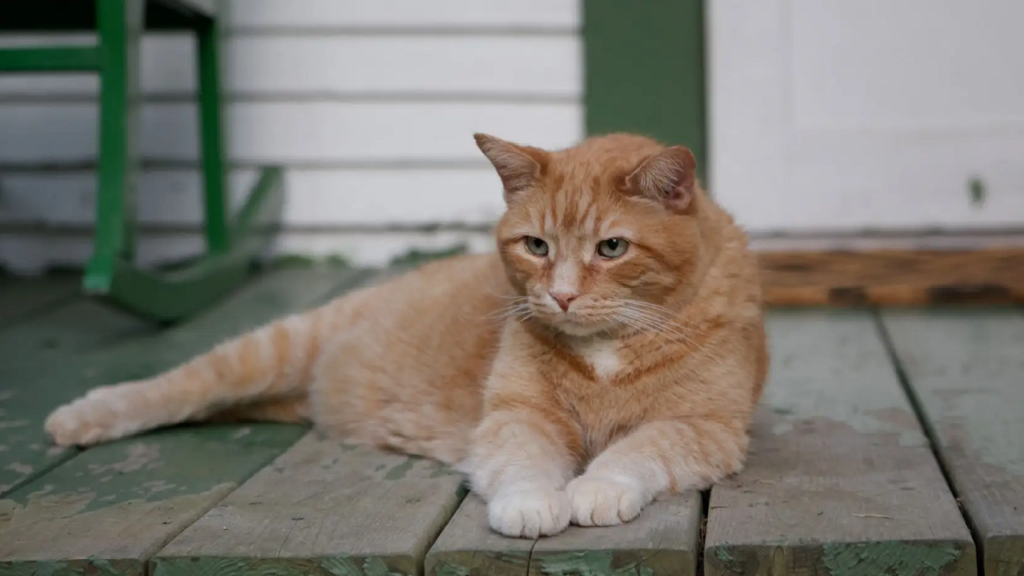
Because of this, the cat rubs its head against furniture, doors and even its owner. It does that precisely in order to deposit-marking pheromones. Sometimes he even does urine marking outside the litter box. During an incursion, he eagerly seeks a way to expel his rival, often through aggression.
This conquest of territory can also occur during a move or a renewal of your interior, such as a recent painting or new furniture. In addition to the stress and anxiety associated with the change in environment, your cats may struggle claim a special place in the house.
Hormone problems
It is important to know that even kittens raised together can develop aggressive behavior towards each other. The first reason is the social hierarchy. Generally, a dominant and authoritative leader is at the top of it. Then there are those who live in groups, and finally we have the cat who lives alone, excluded from the masses.
The second is related to the age of puberty or maturity. In this type of conflict, their aggressiveness is due oestrus from a nearby female. Especially among men, competition is fierce for the chance to reproduce. During this time they are extremely irritable and violent fights often occur.
Interruption of social life
The behavioral and social character of the cat formed from an early age. A normal kitten needs to stay with its mother for about six weeks to receive complete educational and emotional rehab. This implies that kittens separated from their mothers very early are more susceptible to aggression as they grow. Naturally, he is still emotionally fragile and does not control the strength of its fangs and claws.
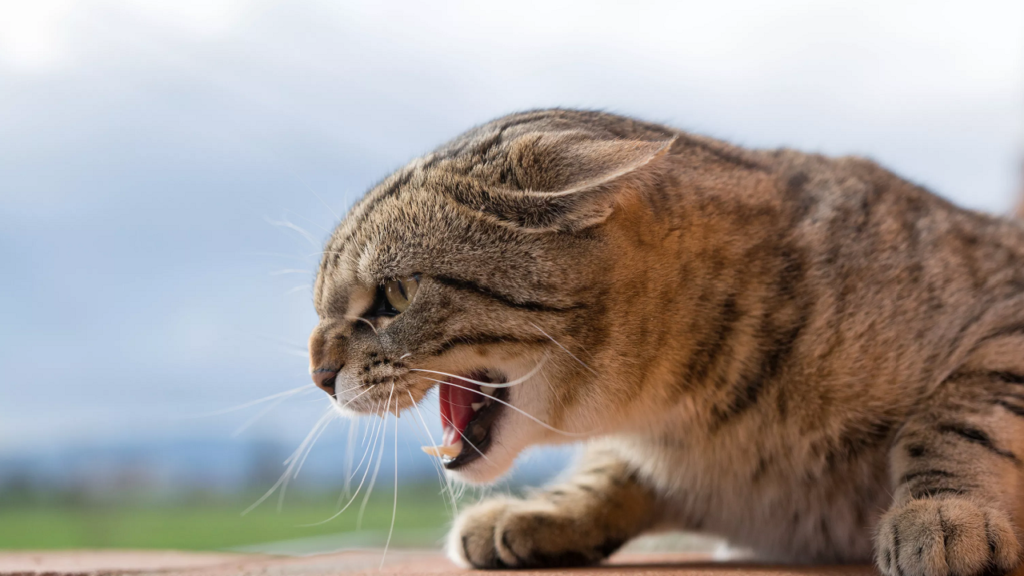
Cats use scent to mark their territory. In addition, the sense of smell is used to recognize similar with our feline friends. That is, your pet remembers the smell of all the cats in his circle. An unusual smell immediately puts him on the defensive, which can provoke aggression.
The example of the cat returning from the care clinic illustrates this well. In fact, at this moment the cat detects a strange smell, perhaps that of the vet or the type of products used for grooming. The sensation of these can annoy him to the point of attacking his companion.
Diseases
Sick cats are more aggressive because of the pain associated with his illness. In addition to this, cerebrovascular disorders, encephalitis, endocrine disorders can trigger more irritability in the feline. They are also angry when exposed to stress, boredom, anxiety, frustrations or an allergic reaction.
Besides, old age can cause a psychological problem, which then causes behavioral problems in our animals. He may no longer remember his companions, develop a sense of fear and become hostile towards them.
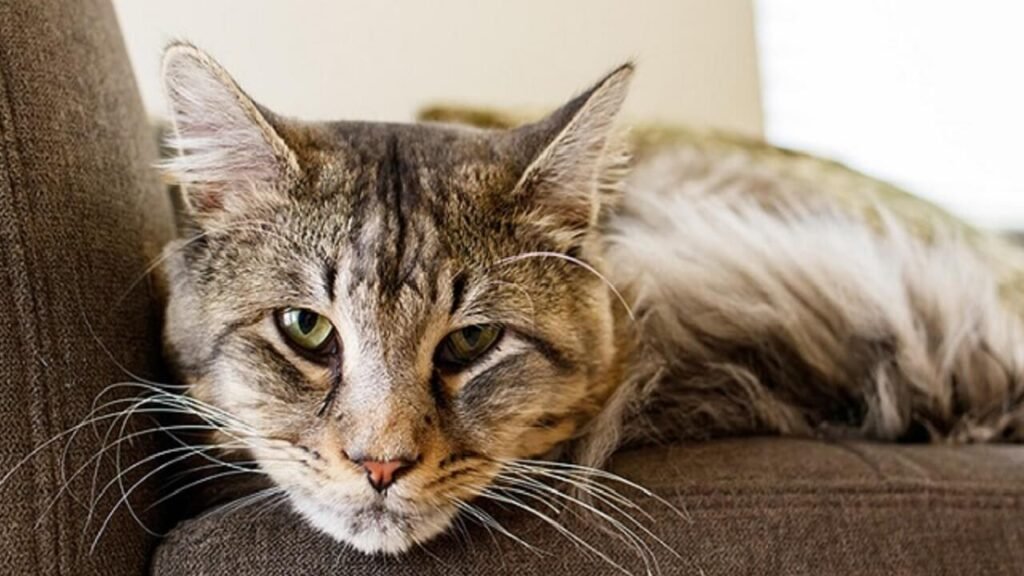
How do you deal with an aggressive cat?
First of all, it must be emphasized that these aggressive behaviors are complete natural in cats. It is, among other things, a way of communicating with each other. Unlike the dog, the cat can only rely on itself during conflicts. Besides, he tries to avoid confrontations as much as possible, for fear of injury. To begin with, the cat enters a threat phase with growls and spits. But if one of them decides to take action, there will be a merciless fight, which can lead to serious injuries. So what are the solutions if we face this problem?
Do not separate them
Aside from the risk of being mugged, attempts to end catfights will onlymake things worse. As we said earlier, cats express themselves, get to know each other and develop themselves during these confrontations. Separating them would result in create tension and frustration. Plus, they can vent these feelings on other cats or dogs, or even the furniture in the house.
Avoid punishing them
In case of aggression, scold or punish them will have the opposite effect of what you want. In fact, cats will understand in this situation that the other’s company is causing him problems. In fact, he will further develop a climate characterized by hatred and conflict against his companion.
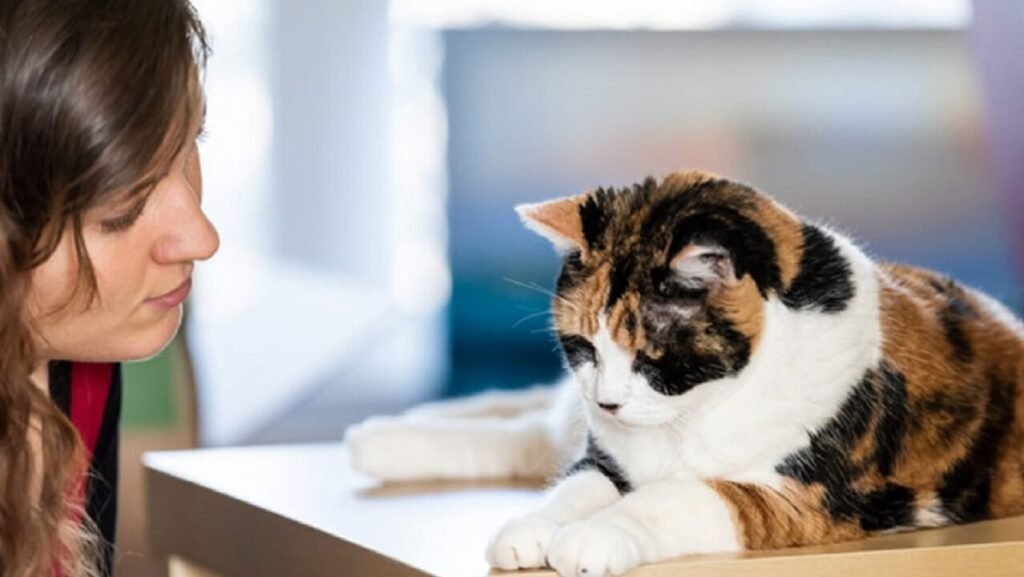
The best thing to do is let them calm down on their own at their own pace. Also, avoid baiting them with treats, because by knowing the reasons, they will remember aggression is beneficial.
How do I get my cats to live together?
Give everyone enough space
To avoid disputes over territory or resources, make sure your cats don’t compete for them. That said, try to have an adequate number of baskets, bowls, toys and litter boxes for each of your animals. And remember, the less you interfere in their arguments, the sooner they will find a way to get along.
Get your cats used to eating together
The food is a good way to connect them with a pleasant moment. Moreover, the cat learns that it will be reward a delicious meal if he manages to coexist with the other. Place their favorite pies or treats in their respective bowls in the same room or in the garden. Place the plates in first opposite corners. After that, gradually bringing them closer every day until they manage to eat nose to nose without being frightened.
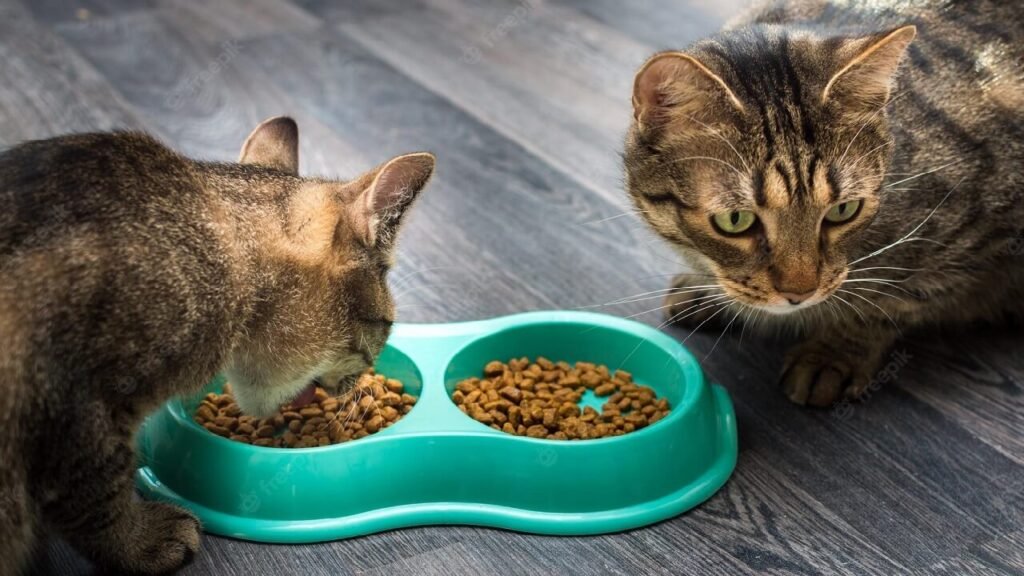
This will not be an easy task and may take time. However, do not close the room in case one of them tries to leave. The situation can suddenly degenerate if they feel trapped.
Sterilize the males
Castration can be the solution when you have two males under the same roof. In fact, the masculine character of the cat is already consolidated after puberty. Sterilization simply allows limit the production of testosterone, sometimes the cause of his aggressive behavior. In short, the removal of the testicles will dull their sex drive and could improve coexistence with other cats.
SEE ALSO: Cat vision: how does a cat see the world?
Create social cohesion
Whether for humans, dogs or cats, socialization must be learned from an early age. In addition, our kittens must be the majority often in contact with their peers to develop social behavior. The more they grow, the more difficult it becomes to educate them in this sense. The owner must therefore attract them to play not far from each otherand why not, to play together.
In fact, it is ideal to give them a common goal to create signs of teamwork. For example, you can have them grab the cat pole together. Or install a cat tree that is spacious enough for both of you to enjoy a nice view. Me toowork with the owner in the garden would reduce any kind of conflict between cats. They love it because the garden is what brings them closest to their natural living environment.
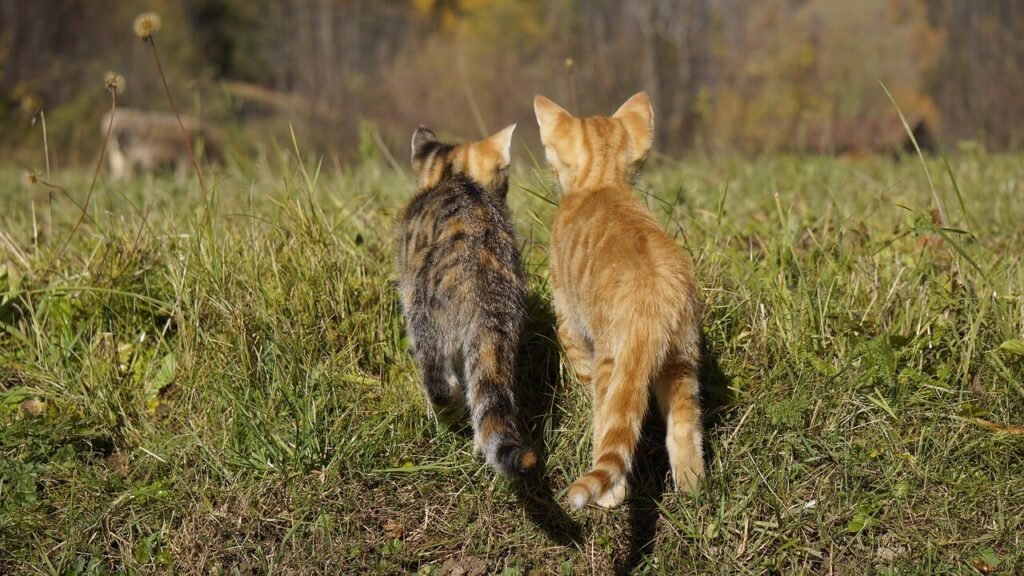
Channel their rage on a toy also allows cats to calm down. As the tension begins to build, throw a stuffed animal in their direction. You will see, they will not hold back their paw. When they are done, put the stuffed animal away to reuse next time.
Contact a veterinarian
Aggressiveness in cats can be linked to diseases. Primarily, identify the symptomsi.e. fatigue, fever, stress, etc. If you notice that your cat is not in a normal state, the solution is to consult a specialist.
that the vet is probably the most qualified to solve your problems and prescribe products that reduce aggression. that Diazepamused for example when fear is the source of aggression. It also exists hormone stimulators and sedatives such as pheromone sprays.
This is temporary treatments which we use to stabilize the condition of our felines. Medicines alone often do not solve the problem. Yes, behavioral therapy may be necessary to complete the treatment.